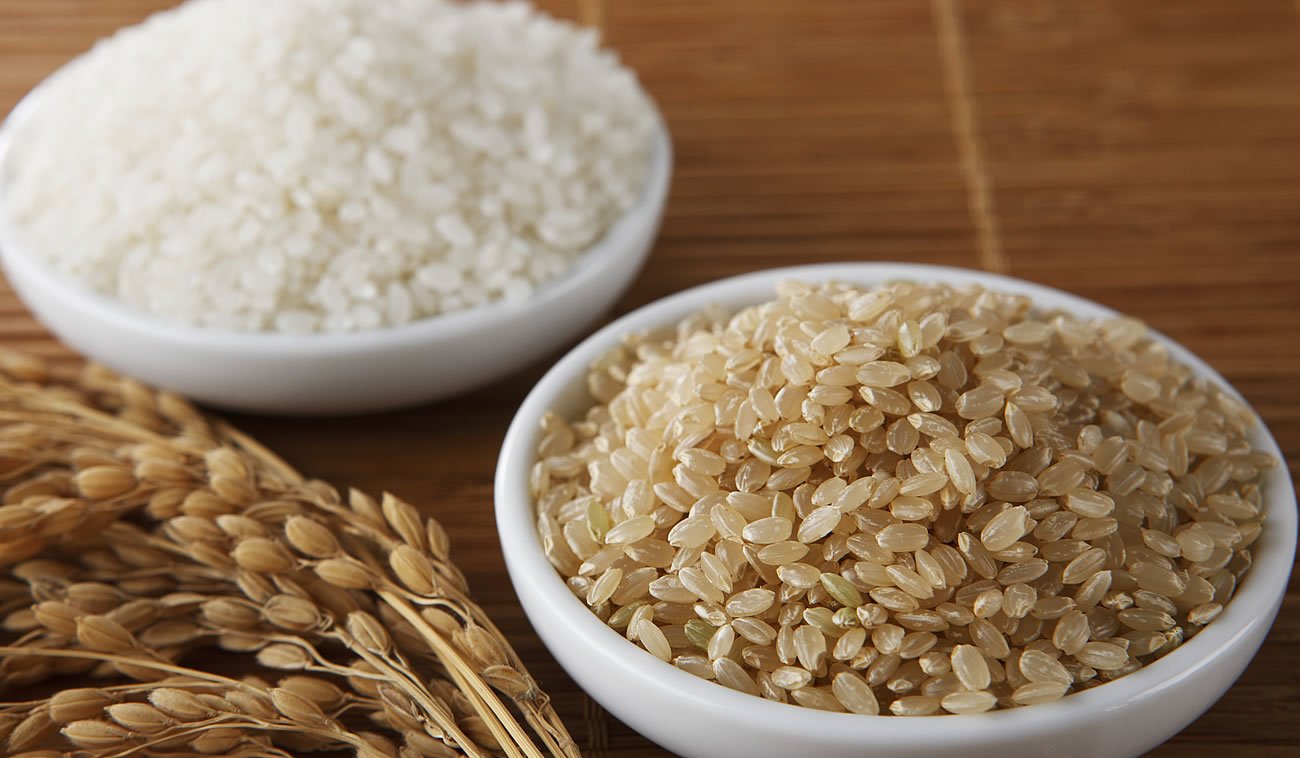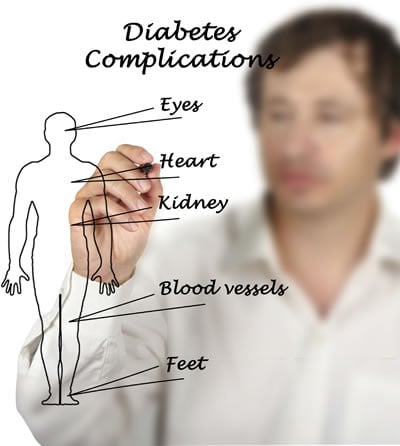Why Brown Rice Is Better Than White Rice
“From a public health point of view, replacing refined grains such as white rice by whole grains, including brown rice, should be recommended to facilitate the prevention of type 2 diabetes,” concluded the authors, from the Harvard School of Public Health

Brown rice is a whole grain. Whole grains are the entire seed of a plant. The seed is made up of three key edible parts – the bran, the germ, and the endosperm.
White rice is essentially brown rice that has been stripped of the bran and the germ. The consequence of this refining is the loss of numerous beneficial ingredients, such as fiber, vitamins, minerals like potassium, magnesium, and phosphorus, lignans, phytoestrogens, and phytic acid, not to mention the complex, natural interplay of these many various nutrients.

Why Brown Rice Is Better For Weight Loss
Research1 has shown that foods naturally rich in fiber are good for weight management. They help people curb hunger, get full, and stay full better than foods with less dietary fiber.
Brown rice has six times more dietary fiber than white rice.
Research2 has also shown that, compared to low-fiber foods, high-fiber foods consumed at breakfast or lunch can significantly reduce food intake at the next meal.
“In our classes at the Pritikin Longevity Center, we stress that there are two key characteristics of foods that help us shed weight without needing to fight chronic hunger. They are foods that are 1) naturally high in water and 2) naturally high in fiber,” states Kimberly Gomer, Director of Nutrition and Educator at Pritikin.
Foods high in both water and fiber are whole foods like fruits, vegetables, starchy vegetables like potatoes and yams, legumes, and cooked whole grains, including brown rice. And while brown rice is much higher in fiber than white rice, legumes like beans, peas, and lentils are the real super stars when it comes to fiber content.

Learn More About Pritikin
Why Brown Rice Is Better For Fending Off Diabetes
Rates of type 2 diabetes are skyrocketing in America and worldwide. From 1980 through 2013, the number of adults in the U.S. with newly diagnosed diabetes more than tripled, according to the Centers For Disease Control.

Complications of diabetes include heart attacks, strokes, blindness, poor wound healing, amputations, and kidney failure.
Anything we can do to fend off this horrible disease is a good thing.
One good thing, researchers at the Harvard School of Public Health found3, is replacing white rice with brown rice.
Examining rice consumption and diabetes risk in nearly 40,000 men and 158,000 women over the course of two decades, the scientists found that people who ate 5 or more servings of white rice per week had a 17% increased risk of type 2 diabetes compared to people eating less than 1 serving of white rice per month.
By contrast, people who ate 2 or more servings of brown rice per week had an 11% reduced risk of developing type 2 diabetes compared to those eating less than 1 serving of brown rice per month.
Whole grains like brown rice, stated the researchers, often do not generate as fast an increase in blood sugar levels after a meal as refined grains like white rice do.
“From a public health point of view, replacing refined grains such as white rice by whole grains, including brown rice, should be recommended to facilitate the prevention of type 2 diabetes,” concluded the authors.
Whole Grains, Weight, Diabetes, Hypertension
And certainly, in helping control weight, whole grains like brown rice help control a major risk factor for diabetes – weight gain. Excess weight is also a major risk factor for hypertension.

Why Brown Rice Is Better For Blood Pressure
Hypertension, or high blood pressure, is another deadly epidemic in America. Currently, one in three adult Americans has hypertension. Another one in three has pre-hypertension.
Like diabetes, the complications of hypertension are crippling, and include heart attacks, strokes, renal failure, and senility.
For better blood pressure control, brown rice is better than white rice in part because brown rice is a significantly better source of minerals like potassium and magnesium. Many studies have found that foods rich in these minerals help blunt some of the toxic effects of salty foods.
Researchers from Temple University have also reported4 that natural compounds found in brown rice inhibit a protein known as angiotensin II.
It’s good to inhibit angiotension II because in excess it’s a well-documented culprit in the development of both hypertension and heart disease. It constricts arteries, which increases blood pressure and forces the heart to work harder. It also thickens and stiffens the walls of the heart and blood vessels.
Why Brown Rice Is Better Than White Rice | Bottom Line
Brown rice is a whole grain, and like all whole grains, brown rice works for our body, not against it, especially compared to refined grains like white rice.
Documented by numerous studies, whole grains can help us maintain weight, reduce the risk of type 2 diabetes, have healthier blood pressure levels, reduce stroke risk, protect against heart attacks, and even reduce the risk of gum disease and tooth loss.
For optimal weight-loss results, “focus on cooked whole grains,” adds Pritikin’s Director of Nutrition Kimberly Gomer, MS, RD.
“Cooked whole grains such as brown rice, oatmeal, whole wheat pasta, barley, and quinoa are rich in both water and fiber – the two key attributes of foods that help us fill up on fewer calories.”

Get All the Details of a Stay at the Pritikin Center in Your Inbox
Sources
- 1 Nutrition Reviews, 2001; 59 (5):129.
- 2 European Journal of Clinical Nutrition 1995;49: 754.
- 3 Archives of Internal Medicine, 2010; 170 (11): 961.
- 4 American Journal of Hypertension, 2011; 24 (5): 530.